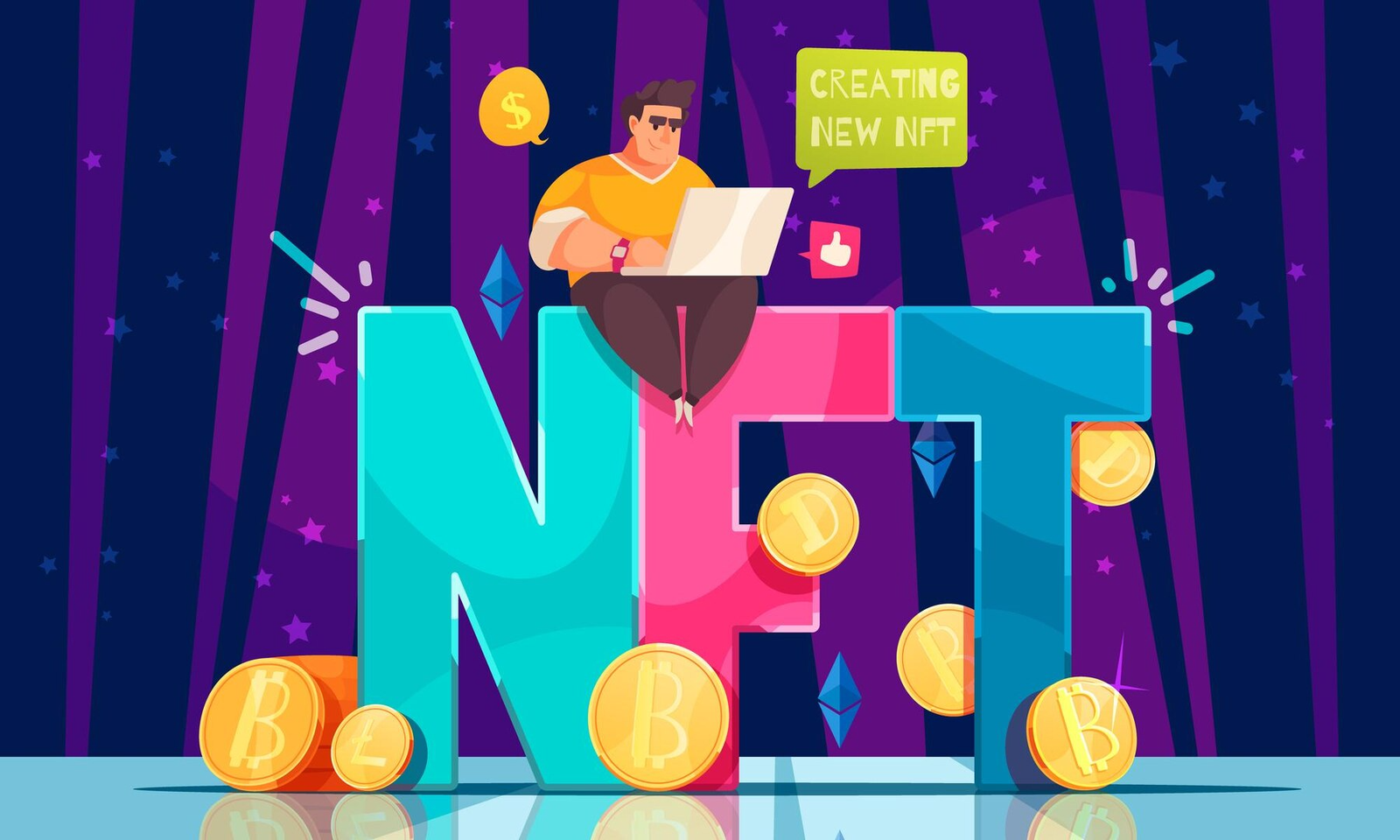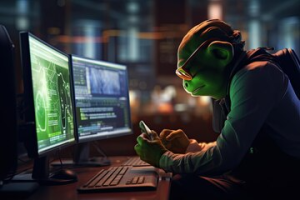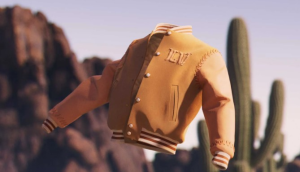The NFT Mania and Digital Ownership in Cryptocurrency History
4 min read
The creation of nonfungible tokens had tremendous growth and billion-dollar expansion across numerous industries between 2020 and 2021.
One phenomenon has gained more traction than others in the turbulent world of the digital age, where trends change with the click of a mouse: nonfungible tokens (NFTs). These digital assets saw an unparalleled surge in use and popularity in 2020 and 2021, which fundamentally changed our understanding of ownership, art, and the internet in general. In contrast to a nearly nonexistent statistic only a few years earlier, the NFT industry saw about $25 billion in trade volume in 2021 alone.
Although the idea of blockchain technology had been known for more than ten years, both producers and collectors were captivated by the introduction of NFTs. NFTs are distinct digital assets that are authenticated and kept rare on a blockchain. Thanks to this invention, intangible works of art, music, films, and even tweets might be tokenized and turned into valuable commodities.
The Colored Coins protocol, which was developed on the Bitcoin blockchain in 2012, is at least partially responsible for the invention of the NFT concept. Users were able to create personalized tokens that represented tangible or digital assets with this technology. But nonfungible tokens expressly for digital assets weren’t made viable until much later, with the introduction of Ethereum smart contracts and the ERC-271 token standard in 2017.
CryptoKitties was one of the first and most prominent instances of NFTs receiving a lot of attention in 2017. CryptoKitties is a blockchain-based virtual game created by the Canadian studio Axiom Zen that lets users buy, collect, breed, and sell virtual cats. Many other projects started experimenting with NFTs for a variety of uses, including digital art, virtual real estate, in-game products, and more, after CryptoKitties’ popularity. During this time, websites like Decentraland and NBA Top Shot were popular, demonstrating the wide range of uses for NFTs outside of games.
Subsequently, the mainstream adoption skyrocketed in 2020–2021.
In 2021, NFTs gained widespread attention due to high-profile purchases that made headlines. These sales included the sale of digital artwork for millions of dollars and the introduction of NFT collections by celebrities. One such instance is the seven uncut sequences from Pulp Fiction that award-winning author and director Quentin Tarantino said on November 2, 2021, he would auction off as NFTs, created on the Secret Network.
Some transactions have made news, including the $69 million Christie’s auction house sale in March 2021 of Beeple’s digital artwork “Everyday: The First 5,000 Days.” When they first came out, recently produced digital artworks by artists like Pak and Grimes sold for millions of dollars at auction and through private transactions. During this period, renowned collections like CryptoPunks and Bored Ape Yacht Club were also created.
One of the highest prices ever paid for a single CryptoPunk at the time, a CryptoPunk NFT (#7804) sold for over $7.5 million at auction in March 2021, each piece being a part of a collection of 10,000 algorithmically created profile images. After reaching this milestone, a rare triple Bored Ape set—three apes sold as a bundle—bought almost $24 million in a Sotheby’s auction in October 2021. During this time, the number of NFT marketplaces increased quickly at the same time. OpenSea, Rarible, Foundation, and Nifty Gateway are just a few of the well-known platforms that gave artists a chance to mint and sell their digital goods. By mid-2021, OpenSea had become one of the biggest NFT platforms, with monthly trade volumes exceeding $1 billion; Blur and OKX NFT have since surpassed this amount.
But because blockchain transactions need a lot of energy, this rise in popularity has also drawn criticism for environmental reasons and raised doubts about the inherent worth of digital assets. In fact, the trading volume of NFTs dropped by an astounding 99% from its high in 2021 during the crypto winter of 2022–2023.
The ownership and validity of digital assets have also become the subject of legal disputes, underscoring the necessity for precise laws and policies. While some platforms wrestled with defining ownership in decentralized ecosystems, others built verification tools to preserve authors’ rights and certify the uniqueness of NFTs. In fact, Miramax filed a copyright case against the Hollywood director in September 2022 after the Pulp Fiction NFTs received extensive media coverage. Comparable legal disputes concerning its digital collections were also encountered by Yuga Labs, the present proprietor of the BAYC and CryptoPunks series.
But all is not lost; the trading volume of NFTs has rebounded due to the ongoing crypto bull market. Recently released NFT projects are becoming increasingly popular, particularly in Hong Kong, where collections are quickly devoured. Novel protocols, including ParaSpace (now known as Parallel Finance), are creating new instruments for the rapidly expanding NFT lending business. Meanwhile, NFTs are being made widely accessible and fractionalized by new Ethereum token specifications like ERC-404.
All things considered, the NFT field is still developing, with new platforms appearing to fill different niches within the NFT ecosystem and continuous experimentation in a variety of industries. In addition, while developers and enthusiasts work to secure the long-term sustainability of NFTs as a form of digital ownership and expression, initiatives are being made to address environmental concerns and enhance the sustainability of blockchain technology.



